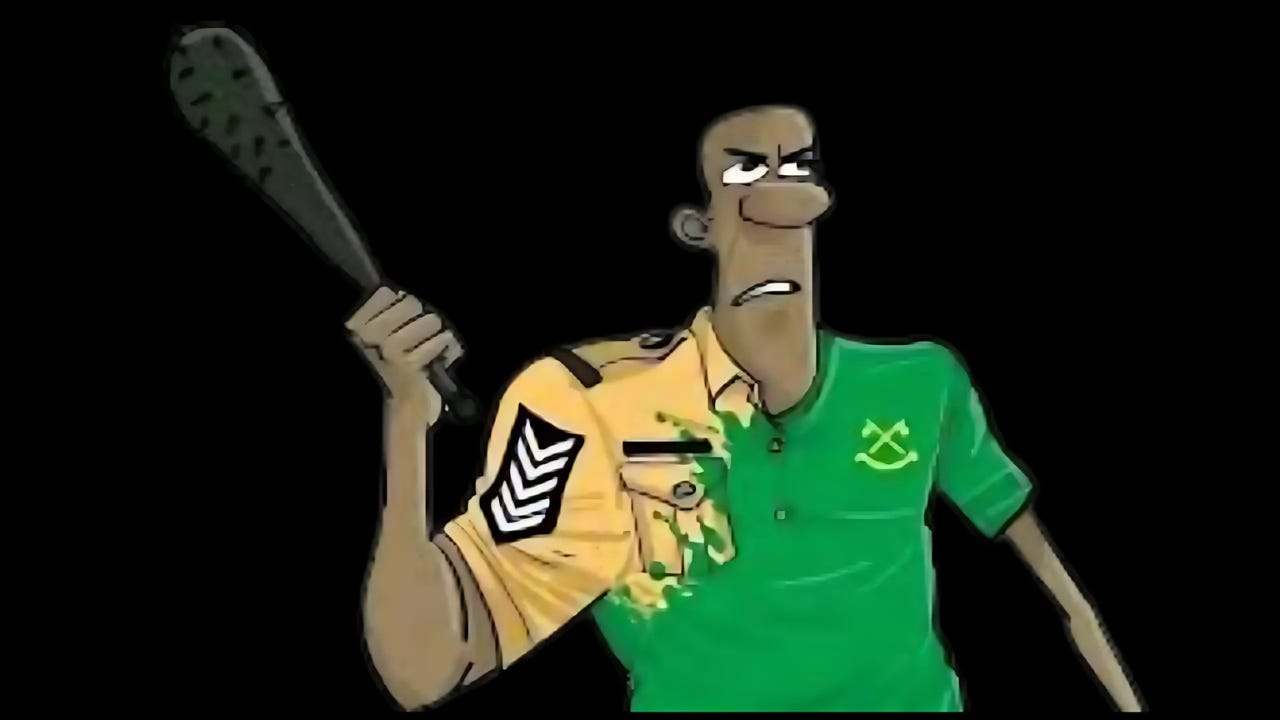A Decade of Disappearances and Attacks: Tanzania’s "Watu Wasiojulikana" Threat (2015–2025)
Outlook: Intelligence-Based Forecast on Tanzania’s Political Violence Trajectory

Ujasusi Blog Team |May 23, 2025 at 0500 BST
Over the past decade, Tanzania has become one of the region’s most dangerous environments for disappearances, political kidnappings, and targeted violence orchestrated or tolerated by faceless assailants – infamously referred to in Swahili as “Watu Wasiojulikana” ("unknown assailants"). These enigmatic and often brutal operatives have systematically targeted opposition politicians, independent journalists, grassroots activists, legal defenders, and even members of the clergy. Their actions have not only instilled widespread fear among the Tanzanian populace but also raised alarm among regional and international human rights observers.
The phenomenon of Watu Wasiojulikana is emblematic of a deeper erosion of civil liberties and democratic space in Tanzania. These assaults and disappearances occur in a context where the rule of law is selectively applied, and security forces appear either complicit or incapable of protecting those who speak truth to power. The cases frequently follow a chillingly familiar script: outspoken figures vanish without trace, are abducted by armed men in unmarked vehicles, or are later found dead under suspicious circumstances. In most cases, no meaningful investigation follows, leaving families without answers and the perpetrators shielded by a systemic wall of silence. The implications extend far beyond individual cases – they threaten the foundational principles of democracy and civil order.
This article presents a comprehensive, chronological mapping of key incidents from 2015 to 2025. It begins with the early disappearances like Ben Saanane in 2016 and journalist Azory Gwanda in 2017, and tracks a crescendo of violence including Tundu Lissu’s attempted assassination, the gruesome murder of Ali Kibao in 2024, and the violent crackdown on dissent during the lead-up to the 2025 general elections. Notably, we highlight the emergence of a new geopolitical dimension, where foreign nationals such as Boniface Mwangi and Agather Atuhaire were abducted inside Tanzanian territory – a first in the history of this covert campaign.
We also analyse the weaponisation of the judiciary through politically motivated charges like the treason case against Tundu Lissu, intended to intimidate both opposition parties and civil society. Ultimately, this article seeks to present a detailed, intelligence-grounded examination of these developments, identifying patterns of impunity, institutional complicity, and escalating authoritarianism. The report incorporates scenario-based forecasting – short, medium, and long-term – to illuminate potential outcomes if the current trajectory continues or if genuine reforms are introduced.
The aim is not only to document these events but to frame them within the broader context of East Africa’s security and political evolution, providing policymakers, human rights defenders, journalists, scholars, and concerned citizens with a clear, structured insight into one of the region’s most pressing governance crises. By dissecting the anatomy of these attacks, naming patterns, and articulating their socio-political context, this report seeks to empower more informed dialogue and action.

